Please Enter ZIP/Postal Code
- Apply Locally
- Call phone number(503) 610-4183 24/7 Emergency Services
Please Enter ZIP/Postal Code
- Apply Locally
Call phone number(503) 610-4183 24/7 Emergency Services


When it comes to maintaining the exterior plumbing of a home or business, the rain drain is an essential part of the plumbing syst
At Mr. Rooter Plumbing, the foundation of our business is built on providing exceptional customer service. As we closely monitor C
Looking for another way to be productive while at home? Take a look at our Do it Yourself (DIY) plumbing inspection – a quic
'Tis the season for jovial nights spent with friends and family, while enjoying the Christmas tree, great food and relaxing near t
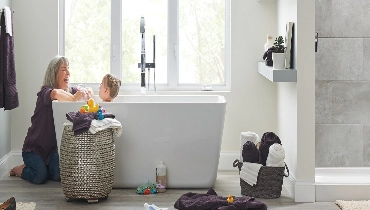

The world we live in today is driven by innovation and technology. For homeowners, that’s defined by saying “hello&rdq


Season’s greetings from your local plumber, Mr. Rooter Plumbing. We wish everyone a warm and wonderful holiday season!Of cou
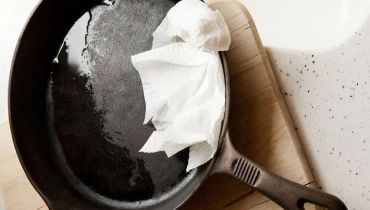

Hold it right there! Don’t even think about pouring that bacon grease down the drain. We get it – it’s a hot, oi
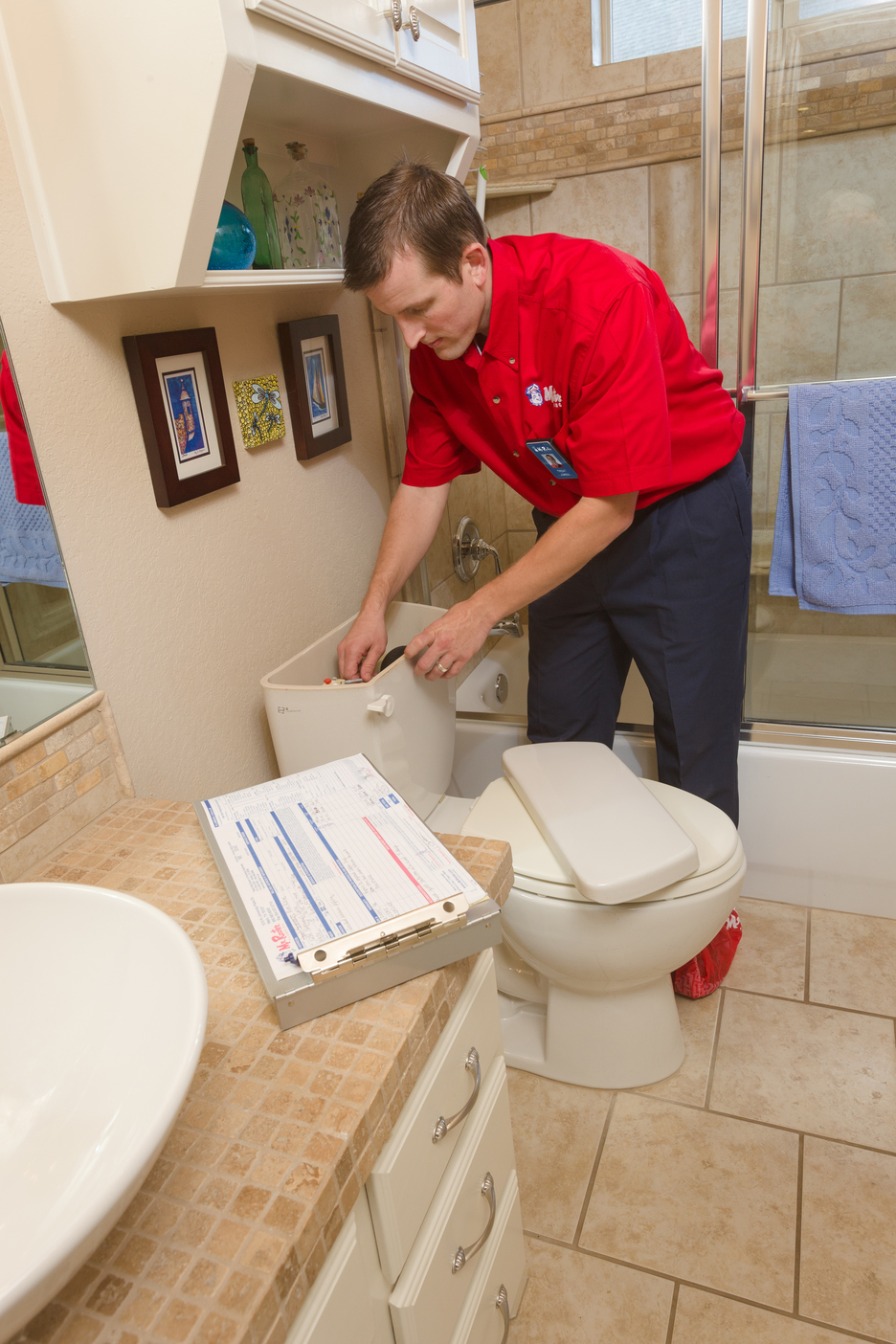

Your toilets are some of the hardest-working appliances in your home. The average person flushes the toilet five to six times each
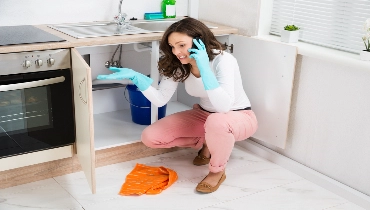

Kitchens serve as the center of many activities for families, and are no place for irritating plumbing leaks that waste enough wat
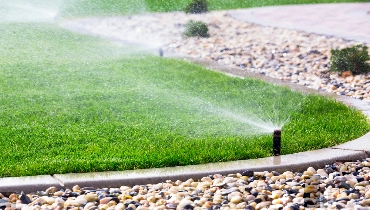

Home sprinkler systems make maintaining a lush, green lawn much easier. However, are you aware that your sprinkler system needs re